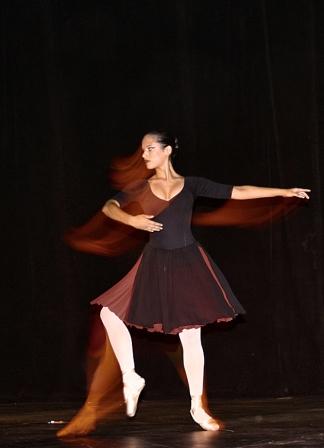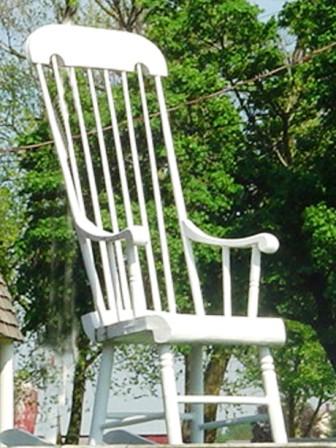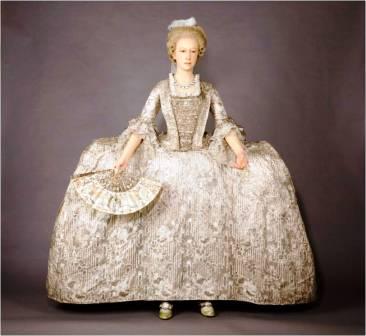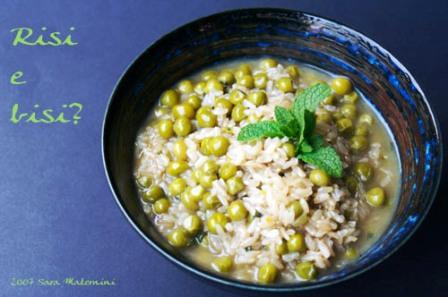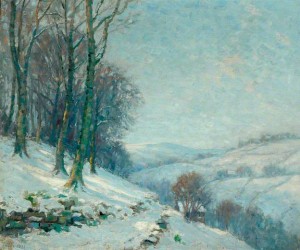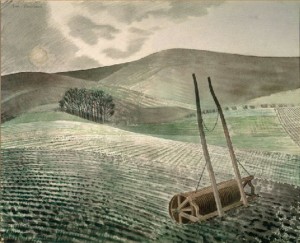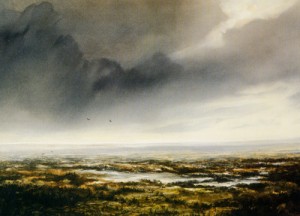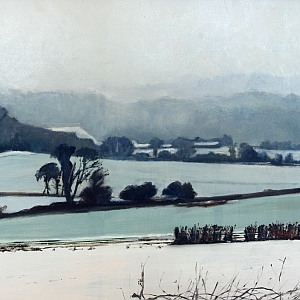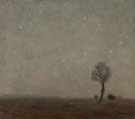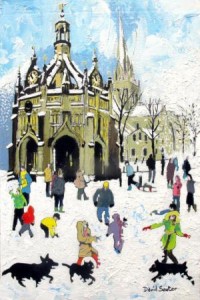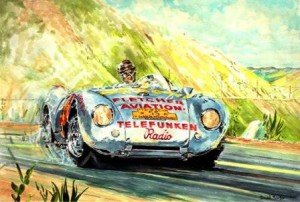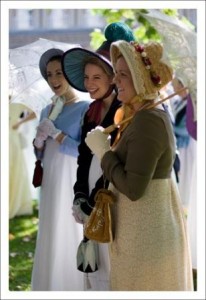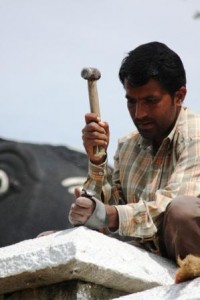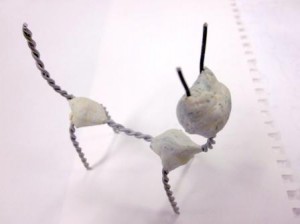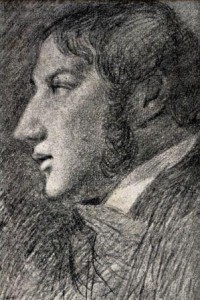My glamorous and talented belly-dance instructress, Jenn will tell you that overdoing it is one of my failings. She does an elegant hip drop with languid grace – I do a great dump of a thing more like a cliff collapse. I have a tendency to make up for what I lack in finesse by enthusiasm.
Such exuberance is endearing in a puppy – but in a woman of my years, possibly less so. I am not, however, arguing for half-heartedness in dance or anything else creative for that matter. I passionately believe in embracing things; in involving your core, both literally and figuratively.
But I have observed that I come unstuck in my writing when I spend all my arrows too soon. I throw similes, metaphors and period details all in at once. Maybe there will be a signpost to a later event and a character revelation – all within a couple of paragraphs. Overcomplicated, and worst of all, confusing to the reader.
It’s not that I think readers need to have everything pointed out and labelled – but I make it hard for them to see what is important in a welter of extraneous stuff. Think overenthusiastic tour guide telling you about every architectural phase of the stately home’s building, some juicy anecdotes and a list of owners all at once.
I do it on the minor scale too. A sentence about crossing a bridge in Selchester at first go could well be like this –
Georgiana halted on the shining river-worn cobblestones in front of the five bar tollgate, waiting impatiently for the ancient Bridgekeeper to make his grumpy hobbling way to her.
Overwritten or what.
Now it has to be said that there are genres and styles that are properly more elaborate and intricate than others.
But if the decoration is only there to distract the eye from a bodge, that’s not good.
So in my editing I am endeavouring to locate the one important thing I need to convey in each paragraph – and let everything else serve that. Ideally, that should apply to sentence level too.
Instead of a bottom-of-the fridge stir-fry, I want to create a memorable dish full of flavour – but not too many of them.
‘Non più di cinque’ as the Venetians have it – no more than five


